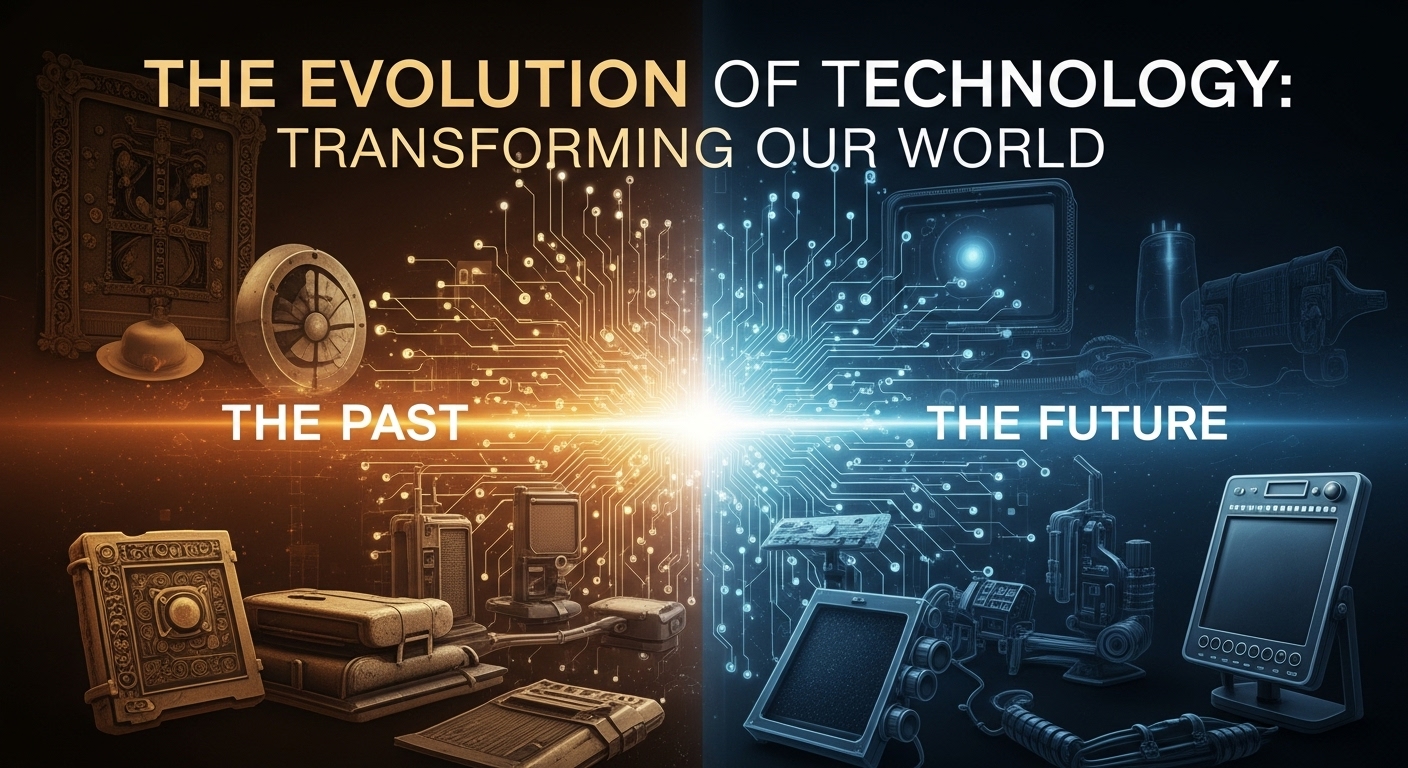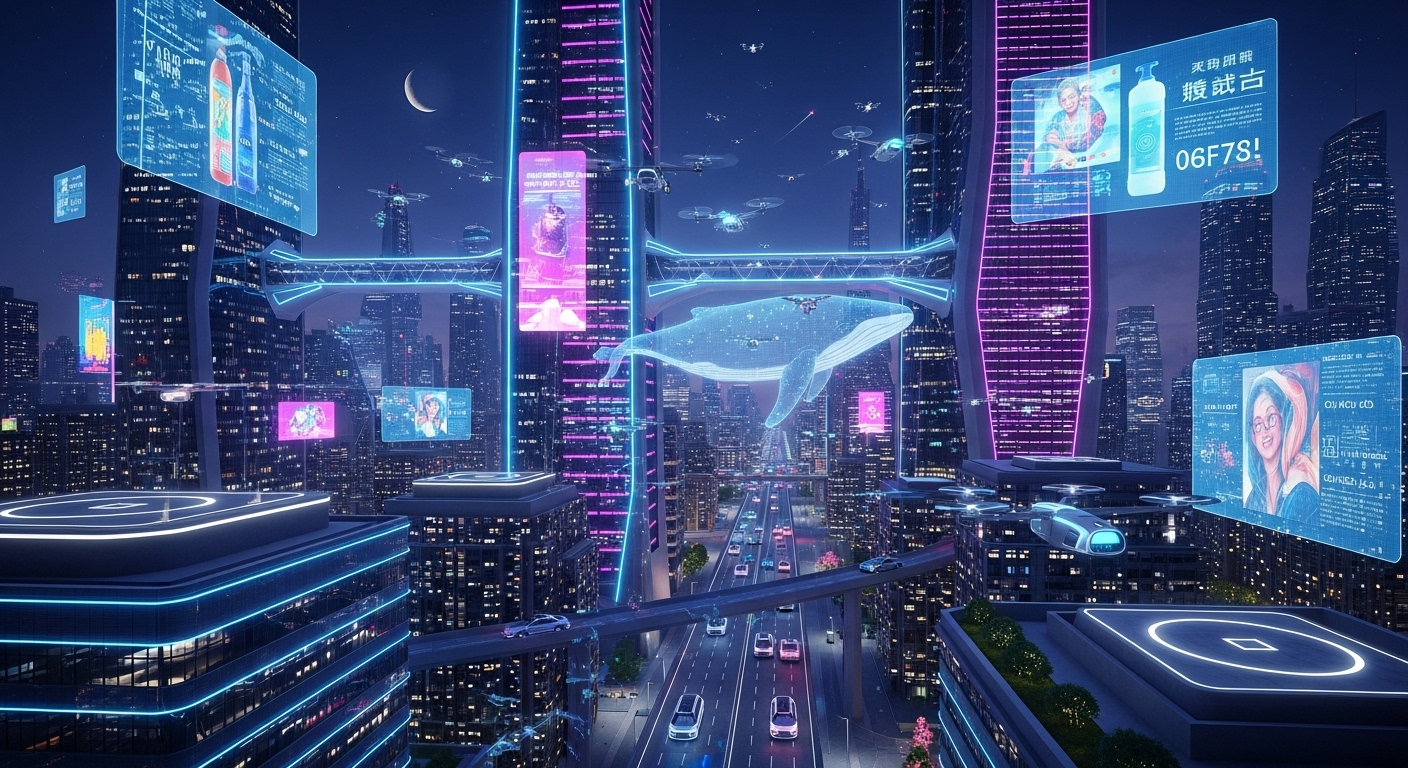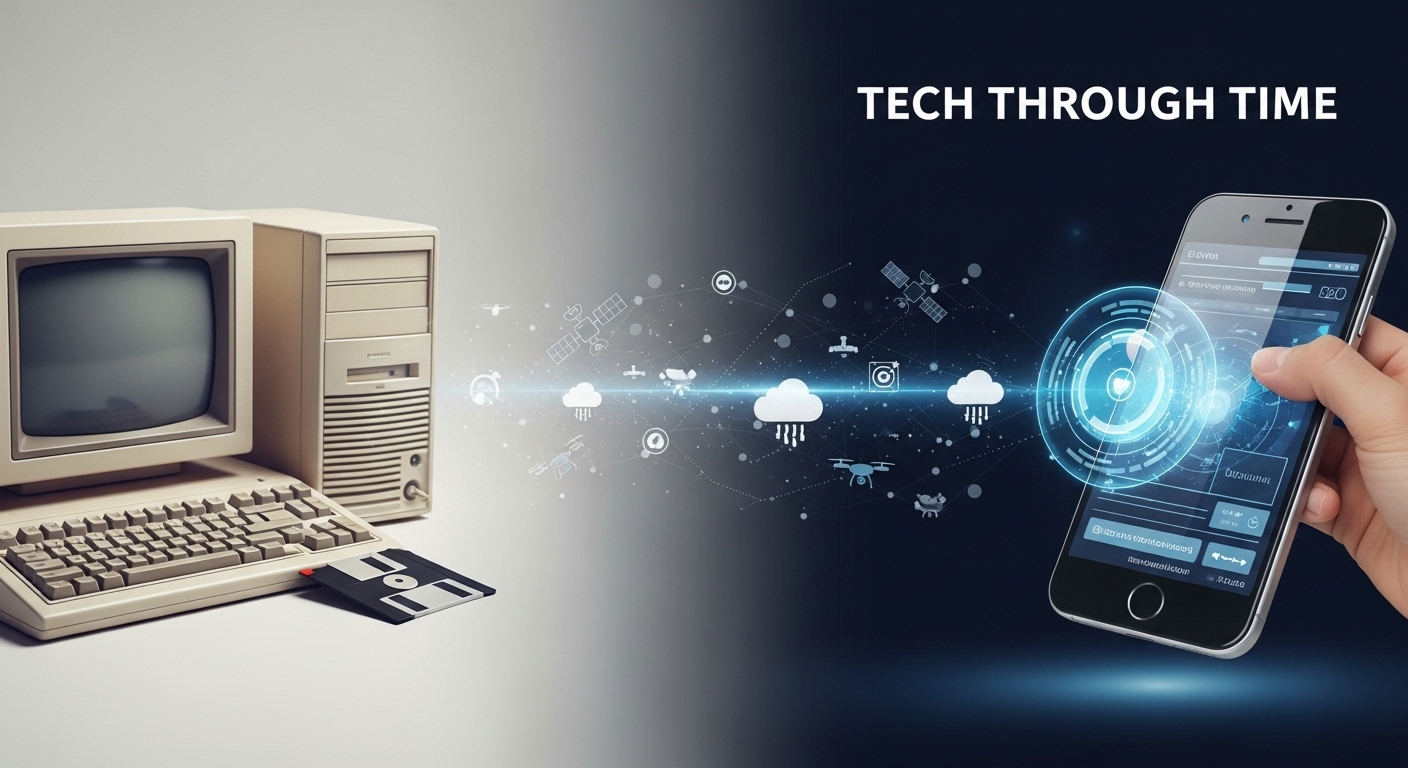Technology has become an inseparable part of human life, transforming the way we communicate, work, travel, and even think. Over the last few decades, the pace of technological innovation has accelerated dramatically, influencing nearly every aspect of society. From artificial intelligence to quantum computing, modern technology is not only shaping industries but also redefining the possibilities of human potential. This blog explores the evolution, current trends, and future impact of technology, offering insight into how it continues to reshape our world.
The Historical Evolution of Technology
Technology is not a new phenomenon. From the invention of the wheel to the printing press, human innovation has always been driven by the desire to solve problems and make life easier. Early technologies were primarily mechanical, designed to assist in labor-intensive tasks. The Industrial Revolution marked a significant turning point, introducing machinery capable of mass production and creating the foundation for modern engineering and manufacturing.
The 20th century brought electronics and computing into the spotlight. The invention of the transistor, followed by integrated circuits, paved the way for the digital revolution. Computers, initially massive machines confined to labs, gradually became accessible to businesses and households. The Internet, emerging in the late 20th century, revolutionized communication, enabling instant access to information and connecting the world like never before.
The Rise of Digital Technology
Digital technology is at the core of contemporary innovation. It encompasses hardware, software, and networks that convert information into digital form, making it easier to store, manipulate, and transmit. Smartphones are perhaps the most visible example, combining computing power, connectivity, and sensors into a single device that fits in the palm of your hand.
Artificial intelligence (AI) is another transformative digital technology. Machine learning algorithms can process massive amounts of data, recognize patterns, and make predictions, allowing industries to automate tasks, enhance decision-making, and provide personalized experiences. AI applications range from virtual assistants that manage our schedules to advanced analytics systems that guide businesses in real-time.
Cloud computing has also reshaped the technology landscape. By providing on-demand access to computing resources over the Internet, cloud technology enables companies to scale operations, reduce costs, and enhance collaboration. This shift from on-premises infrastructure to cloud-based services has fueled innovation across sectors, from finance to healthcare.
The Role of Communication Technology
Communication technology has always been central to societal development. The evolution from telegraphs and landline telephones to mobile phones and video conferencing tools illustrates the rapid advancement of connectivity. Today, technologies like 5G networks promise to deliver faster data speeds, reduced latency, and more reliable connections, enabling innovations in areas such as autonomous vehicles, augmented reality, and smart cities.
Social media platforms, although sometimes controversial, have fundamentally altered the way people share information and interact. They provide avenues for real-time communication, community building, and digital marketing. However, they also pose challenges related to privacy, misinformation, and mental health, highlighting the need for responsible technological adoption.
The Impact of Artificial Intelligence
Artificial intelligence is no longer a futuristic concept; it is a current reality. AI has permeated multiple industries, providing solutions that were previously unimaginable. In healthcare, AI algorithms assist in early diagnosis, personalized treatment plans, and predictive analytics for disease outbreaks. In finance, AI detects fraudulent transactions, optimizes investment strategies, and enhances customer service through chatbots and virtual advisors.
Beyond industry, AI impacts everyday life. Recommendation engines on streaming services and e-commerce platforms use AI to tailor content and products to individual preferences. Smart home devices leverage AI to automate routine tasks, such as adjusting lighting, controlling temperature, and managing security systems.
However, AI also raises ethical questions. Concerns about data privacy, algorithmic bias, and job displacement must be addressed to ensure that AI benefits society equitably. Transparency, regulation, and ethical frameworks are crucial to maintaining trust in AI systems.
The Internet of Things: Connecting the World
The Internet of Things (IoT) represents a network of interconnected devices that communicate with each other to collect and exchange data. Smart homes, wearable devices, connected vehicles, and industrial sensors are all part of the IoT ecosystem. By providing real-time insights and automation, IoT improves efficiency, convenience, and safety.
For example, smart thermostats adjust temperatures based on user behavior, while wearable fitness trackers monitor health metrics such as heart rate and sleep patterns. In industrial settings, IoT sensors optimize supply chains, reduce energy consumption, and prevent equipment failures.
The proliferation of IoT devices also brings cybersecurity challenges. With more devices connected to networks, the potential attack surface for cybercriminals increases. Ensuring robust security protocols and encryption measures is critical to protecting data and maintaining trust in IoT systems.
Advances in Computing: From Classical to Quantum
Computing technology has undergone remarkable transformations. Classical computing, based on binary logic, has reached extraordinary levels of performance, enabling complex simulations, data analysis, and machine learning applications. However, certain problems remain computationally intensive, requiring resources that push current systems to their limits.
Quantum computing offers a revolutionary alternative. By leveraging principles of quantum mechanics, such as superposition and entanglement, quantum computers can process vast amounts of information simultaneously. This capability has the potential to solve problems that are currently intractable, including complex optimization tasks, cryptography, and drug discovery.
Although quantum computing is still in its nascent stages, significant progress is being made. Companies and research institutions are racing to develop practical quantum processors, and the potential applications promise to redefine industries in the coming decades.
Technology in Healthcare
Healthcare has been profoundly transformed by technology. Telemedicine enables patients to consult doctors remotely, breaking down geographical barriers and improving access to care. Electronic health records centralize patient information, facilitating better coordination among healthcare providers and reducing medical errors.
Medical imaging technologies, such as MRI and CT scans, allow for precise diagnostics, while robotic surgery enhances precision and reduces recovery times. Wearable devices continuously monitor vital signs, enabling early detection of potential health issues. AI-driven predictive analytics support personalized treatment plans, improving outcomes and efficiency.
Technology also plays a role in drug development. Advanced computational models, high-throughput screening, and AI algorithms accelerate the discovery of new therapies. During global health crises, such as pandemics, these technologies enable faster response and more efficient resource allocation.
The Environmental Impact of Technology
While technology offers numerous benefits, it also presents environmental challenges. Electronic waste, energy consumption, and resource depletion are growing concerns. Data centers, which power cloud computing and online services, consume massive amounts of electricity, contributing to carbon emissions.
Sustainable technology initiatives aim to mitigate these impacts. Renewable energy sources, energy-efficient computing, and recycling programs for electronic devices are crucial steps toward reducing the environmental footprint of technology. Innovations in smart grids and green manufacturing also support a more sustainable future.
Emerging technologies like AI and IoT can themselves aid environmental conservation. AI-driven climate models help predict environmental changes, optimize resource use, and support conservation efforts. IoT sensors monitor air quality, water usage, and wildlife activity, enabling data-driven environmental management.
The Future of Technology
The future of technology promises unprecedented opportunities and challenges. Emerging trends include augmented reality (AR) and virtual reality (VR), which have applications in gaming, education, healthcare, and remote collaboration. AR and VR can create immersive experiences, enhancing learning and professional training in ways that were previously unimaginable.
Autonomous systems, such as self-driving cars and drones, are set to redefine transportation, logistics, and delivery services. These systems rely on advanced sensors, AI algorithms, and robust communication networks to operate safely and efficiently.
Biotechnology is another frontier with transformative potential. Gene editing, personalized medicine, and synthetic biology could address major health challenges, improve agriculture, and even enable new forms of life. Ethical considerations will be paramount as these technologies advance, ensuring that innovation aligns with societal values.
Cybersecurity will remain a critical focus as technology becomes more integrated into daily life. Protecting sensitive data, securing infrastructure, and preventing cyberattacks require continuous innovation and vigilance. Advances in encryption, identity management, and threat detection will be essential to maintaining trust in digital systems.
Technology and Society
Technology is not just a set of tools; it is a social force. It shapes culture, influences behavior, and alters how humans interact with the world. Education, work, entertainment, and socialization are all profoundly affected by technological innovation.
The digital divide remains a pressing concern. Access to technology and the internet is unevenly distributed, creating disparities in education, economic opportunity, and social participation. Bridging this gap requires investment in infrastructure, affordable access, and digital literacy programs.
Ethical considerations also come to the forefront. Privacy, algorithmic bias, and the impact of automation on employment require careful consideration. Society must strike a balance between embracing technological advancement and ensuring fairness, transparency, and accountability.
Conclusion
Modern technology is a powerful force that continues to shape every aspect of human life. Its evolution from mechanical tools to digital systems, AI, IoT, and quantum computing highlights the remarkable ingenuity of human innovation. Technology has improved healthcare, transformed communication, enhanced productivity, and created new possibilities for exploration and creativity.
However, technology also presents challenges, including ethical dilemmas, environmental impacts, and cybersecurity risks. Responsible development, equitable access, and ethical governance are essential to ensuring that technology serves the greater good.
Looking ahead, the possibilities are boundless. Emerging technologies promise to redefine reality, offering solutions to some of humanity’s most pressing problems while opening new frontiers of opportunity. By understanding, managing, and embracing technology wisely, society can harness its power to create a better, more connected, and sustainable future.



